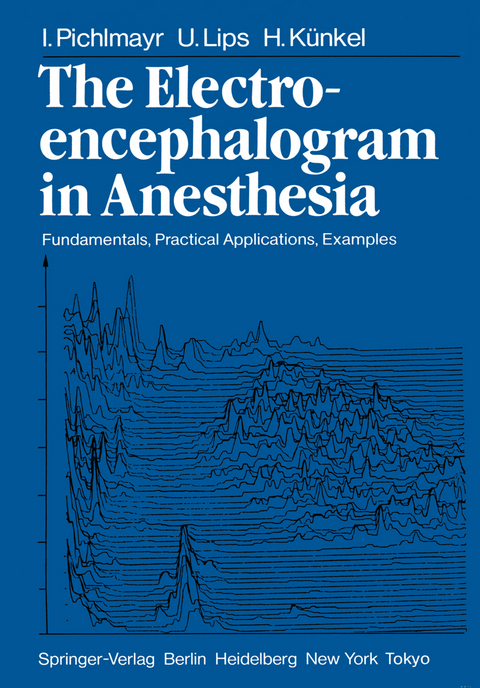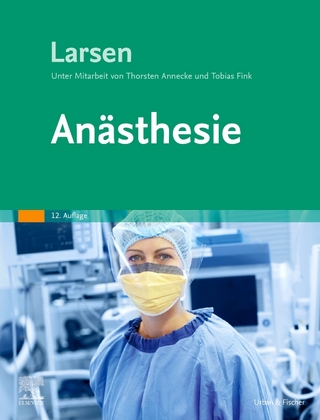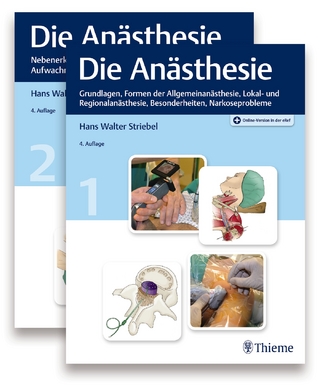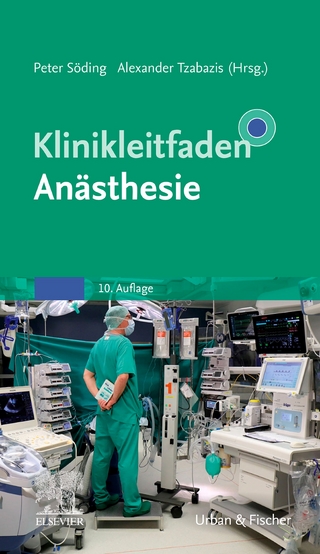
The Electroencephalogram in Anesthesia
Springer Berlin (Verlag)
978-3-642-69564-3 (ISBN)
A. Introduction to Electroencephalography in Anesthesiology.- I. Development and Application of Electroencephalography.- II. Fundamentals of Electroencephalographic Analysis.- III. Technical Requirements for Electroencephalography in the Operating Area.- IV. Initial Electroencephalographic Findings in Patients Undergoing Anesthesia.- B. Electroencephalographic Patterns Induced by Various Anesthetics and Perioperative Influences.- I. Premedication.- II. Stages of Anesthesia.- III. Inhalation Anesthetics.- IV. Intravenous Anesthetics.- V. Muscle Relaxants.- VI. Analgetics in the Postoperative Phase.- VII. Anesthesiological and Operative Procedures with Potential Cerebral Effects.- VIII. Perioperative Disturbances with Cerebral Effects.- IX. Special Considerations in Old Patients.- X. Special Considerations in Patients with Seizure Disorders.- C. Electroencephalography as a Method of Anesthesiological Monitoring.- I. Electroencephalographic Monitoring During Anesthesia.- II. Electroencephalographic Monitoring During the Immediate Postoperative Phase.- III. Electroencephalographic Monitoring in Intensive Care.- Final Remarks.
| Erscheint lt. Verlag | 9.1.2012 |
|---|---|
| Übersetzer | E. Bonatz, T. Masyk-Iversen |
| Zusatzinfo | VIII, 214 p. |
| Verlagsort | Berlin |
| Sprache | englisch |
| Maße | 170 x 244 mm |
| Gewicht | 394 g |
| Themenwelt | Medizin / Pharmazie ► Medizinische Fachgebiete ► Anästhesie |
| Medizin / Pharmazie ► Medizinische Fachgebiete ► Neurologie | |
| Naturwissenschaften ► Biologie ► Humanbiologie | |
| Schlagworte | Electroencephalography (EEG) • Elektroenzephalographie • Narkose • Neurophysiology • Physiology |
| ISBN-10 | 3-642-69564-7 / 3642695647 |
| ISBN-13 | 978-3-642-69564-3 / 9783642695643 |
| Zustand | Neuware |
| Haben Sie eine Frage zum Produkt? |
aus dem Bereich


